ART
Times of struggle: how can museums survive the pandemic

What happens when artworks and sculptures presented in museums and galleries around the continent have no one but the institution’s staff to look at them?
On Monday 4 May Jeff Jacoby from the Boston Globe sent out a newsletter titled “Vindication for the Berkshire Museum”. The article described how, back in 2017, the Berkshire Museum, an art institution founded in 1903 in Western Massachusetts in the US that boasts “artifacts of ancient history and natural science”, including a 143-pound meteorite and an Egyptian mummy, as well as paintings by American and international artists, decided to put up for sale “40 pieces of art from its collection — including two paintings by Norman Rockwell”.
The process, called “deaccession”, was meant to raise funds for the financially struggling museum, but the decision unleashed considerable backlash.
Fast-forward to 2020 and the mood is entirely different. As the pandemic continues to threaten populations around the world, museums and galleries have been forced to shut their doors, leaving many in a vulnerable financial position.
The state of affairs
Nadia Refsi, of the Musée du Louvre (Paris, France) press and communication service, explains that, “On Friday 13 March 2020 the Musée du Louvre, Musée National Eugène-Delacroix and Tuileries Garden [in Paris] closed until further notice.
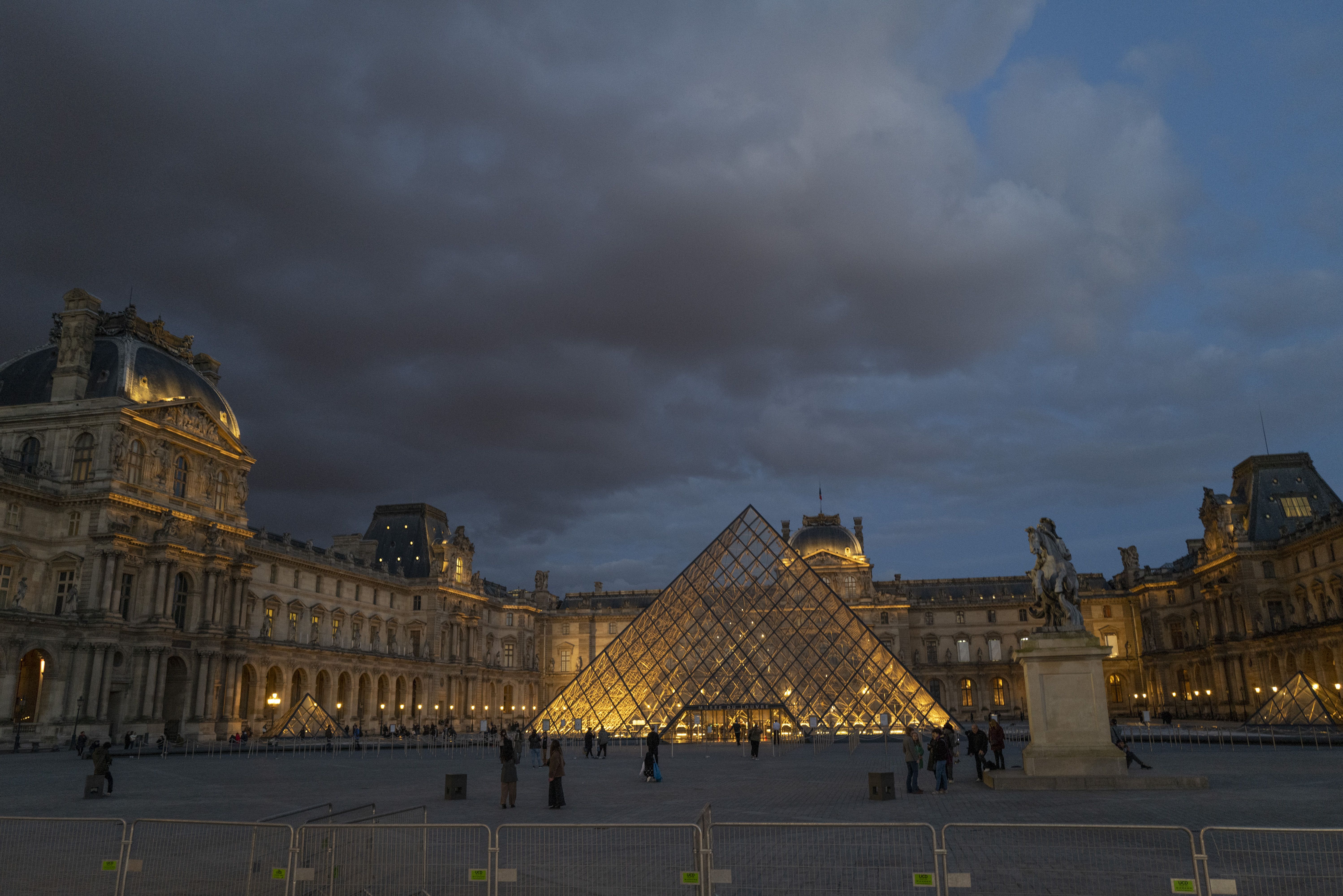
PARIS, FRANCE – MARCH 13: A general view of the Louvre Museum which was closed from 6pm, and until further notice, on March 13, 2020 in Paris, (Photo by Veronique de Viguerie/Getty Images)
“The raison d’être of all museums is to make art accessible to the public, for beauty to uplift, appease and enrich the human soul, as ambitiously intended by those who invented the very concept of a museum; a mission that is hindered under the current circumstances, but not brought to a halt.”
The 2018 budget for the Louvre was €247-million (almost R5-billion), from which €100-million came from the government and €147-million was generated by the museum; this included ticketing, which comes to 60% of its revenue (€87-million), and restaurants and rentals (11%).
Because the museum is backed by the French government and is a part of the public sector, in spite of the revenue loss no staff member was retrenched or furloughed.
“Only a limited number [continued] to work on site, performing regular rounds to monitor the security of the buildings, collections and grounds … As partial unemployment does not exist in the French public sector, all staff members will continue to receive their salary as usual — something to be grateful for as not everyone benefits from the same security,” says Refsi.
The first entirely state-funded art museum in Africa, the Palais de Lomé in Togo, opened in November last year only to have to close again in early 2020. Founding director of the Palais de Lomé, Sonia Lawson, says of the art and culture park located just north of the capital in a 1905 building that once was the governor’s palace: “As we only opened five months ago, after years of hard work, the decision is disappointing, thinking about the now-empty museum… Galleries that were recently filled with many Togolese visitors, groups of school children and tourists from neighbouring countries, Ghana, Benin, and around the world.”

Palais de Lomé© (Image by Studio Erick Saillet)

Palais de Lomé© (Image by Studio Erick Saillet)
Because the institution had barely any time to generate any revenue, the loss is difficult to estimate – but the Palais de Lomé has already postponed the opening of its gourmet restaurant to 2021.
“We managed to keep our staff, the gardeners, the maintenance team, and the administration,” says Lawson. But with no visitors, guides had to be temporarily suspended and any further recruitment was put on hold. In the meantime, the museum is preparing for a possible reopening: transferring as much as possible payments for tickets – usually made in cash – to mobile money and online pre-bookings; rethinking the visit process to respect social distancing; and limiting the number of visitors inside the building.
Two hours away from Lagos in Nigeria, on the campus of Pan-Atlantic University in Ibeju Lekki, is the Shyllon museum, designed by Spanish architect Jesse Castellote, which opened its doors in October 2019. According to Quartz Africa, the new institution received $1.7-million (over R29-million) to not only build the museum but also maintain it over the course of the next 15 years, as well as preserve 7,000 works of art. The donation came from Prince Shyllon, prince of Ake in Abeokuta, Ogun State, Nigeria.
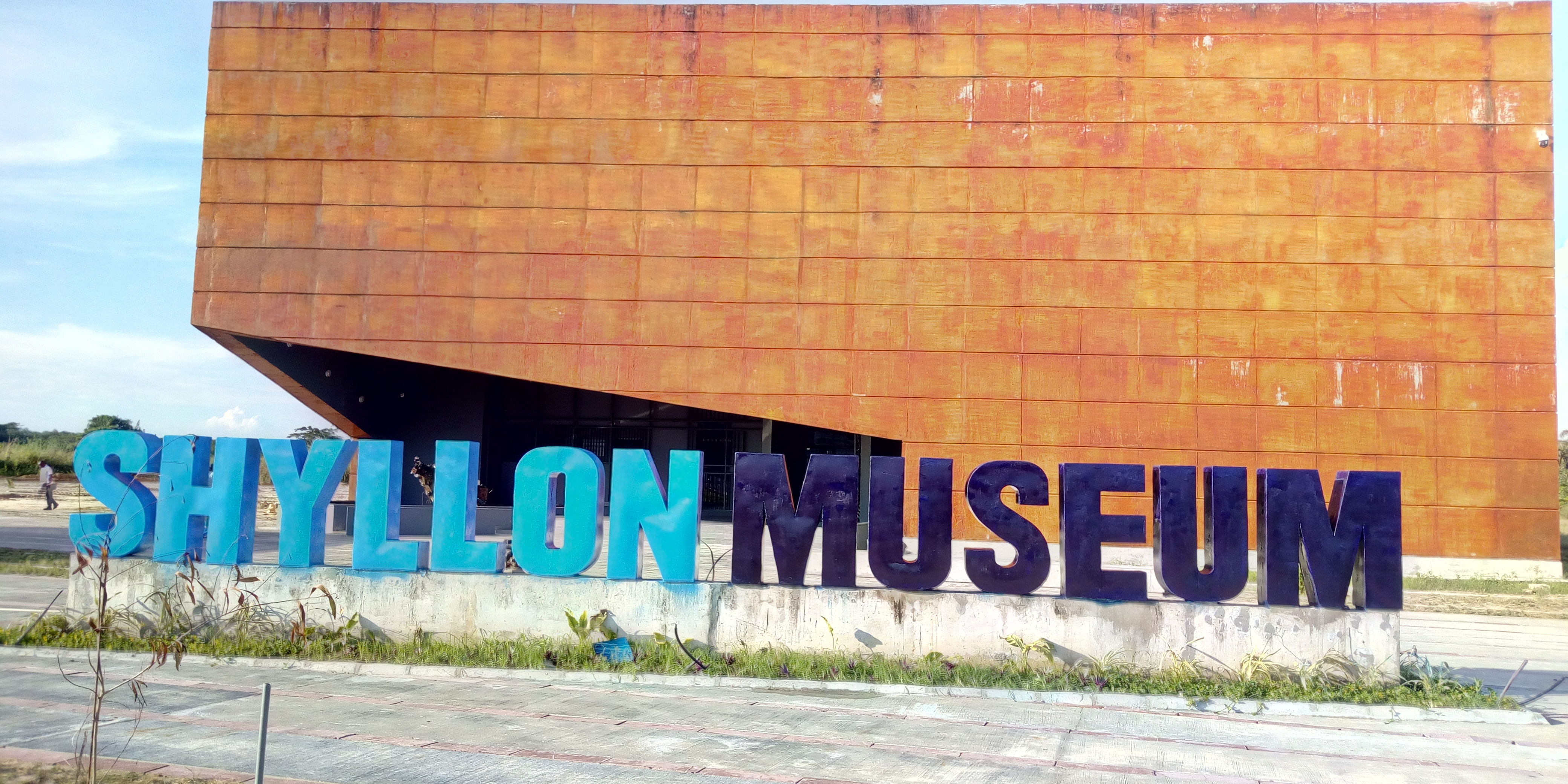
A front view of the Shyllon Museum (Image courtesy of the Shyllon Museum)
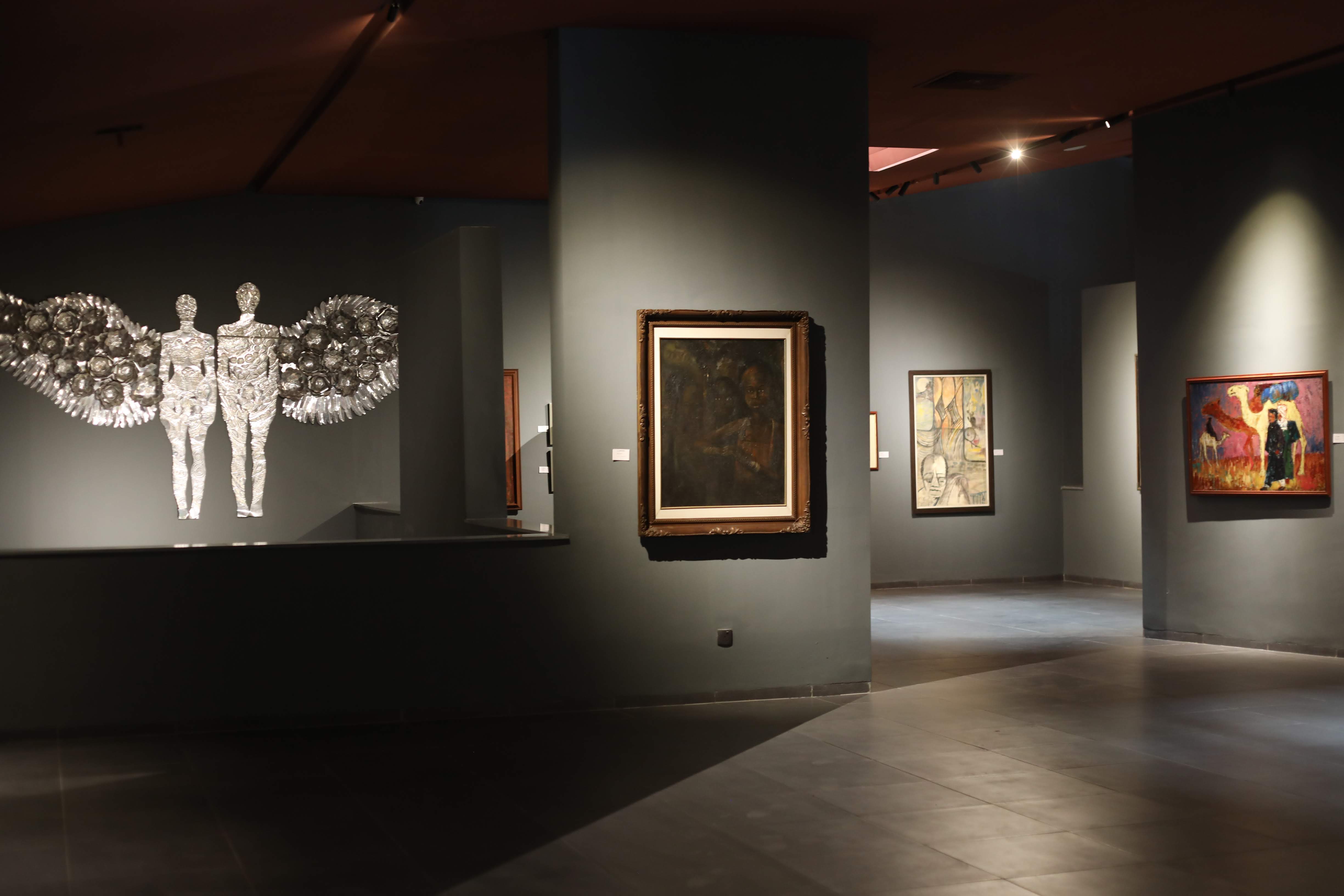
(Image courtesy of the Shyllon Museum)
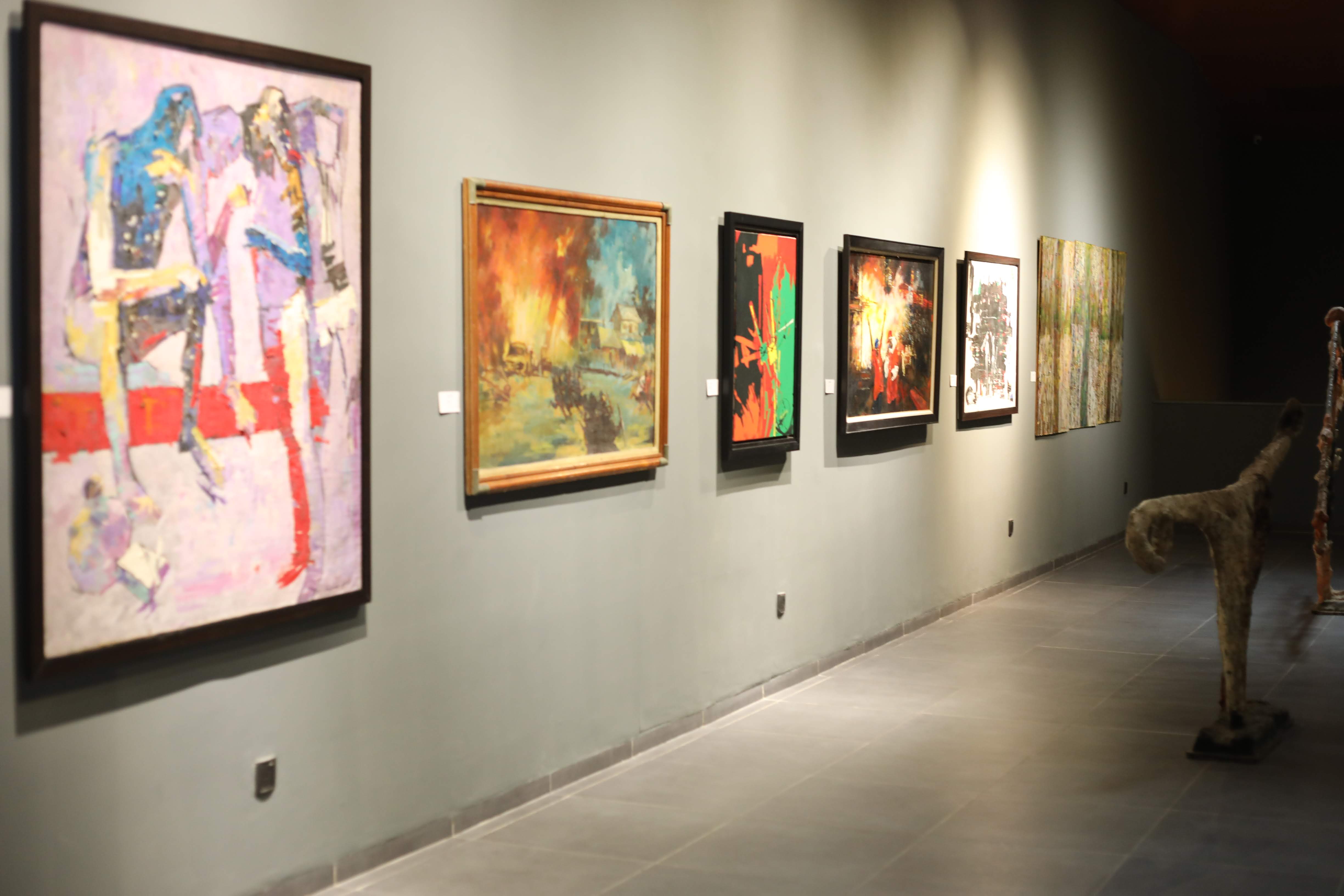
(Image courtesy of the Shyllon Museum)
With only a few months of operations to look back on, Chidera Ifechukwu, responsible for communications at the museum, explains that it is difficult to measure the impact of the pandemic on revenue. At the moment, staff can only focus on building the Shyllon’s digital presence and be ready for when the museum reopens, possibly in the third quarter of 2020.
Iziko Museums of South Africa runs 11 national museums, the planetarium and “a social history centre and three-discipline specific libraries”, according to CEO Rooksana Omar.
Since the lockdown, Omar explains, all curators, conservators, collections managers and education officers have had their research, fieldwork, collections management, education programmes and outreach programmes abruptly halted.
“We need to reposition and repurpose ourselves to deal with our new reality. The Iziko Museums staff have not taken a break during the lockdown. Instead, they have been looking at new ways in which to develop engaging and interesting activities to continue to stay in touch with our visitors. The team has developed virtual content and we have used our social media platforms to keep in touch with our publics.”
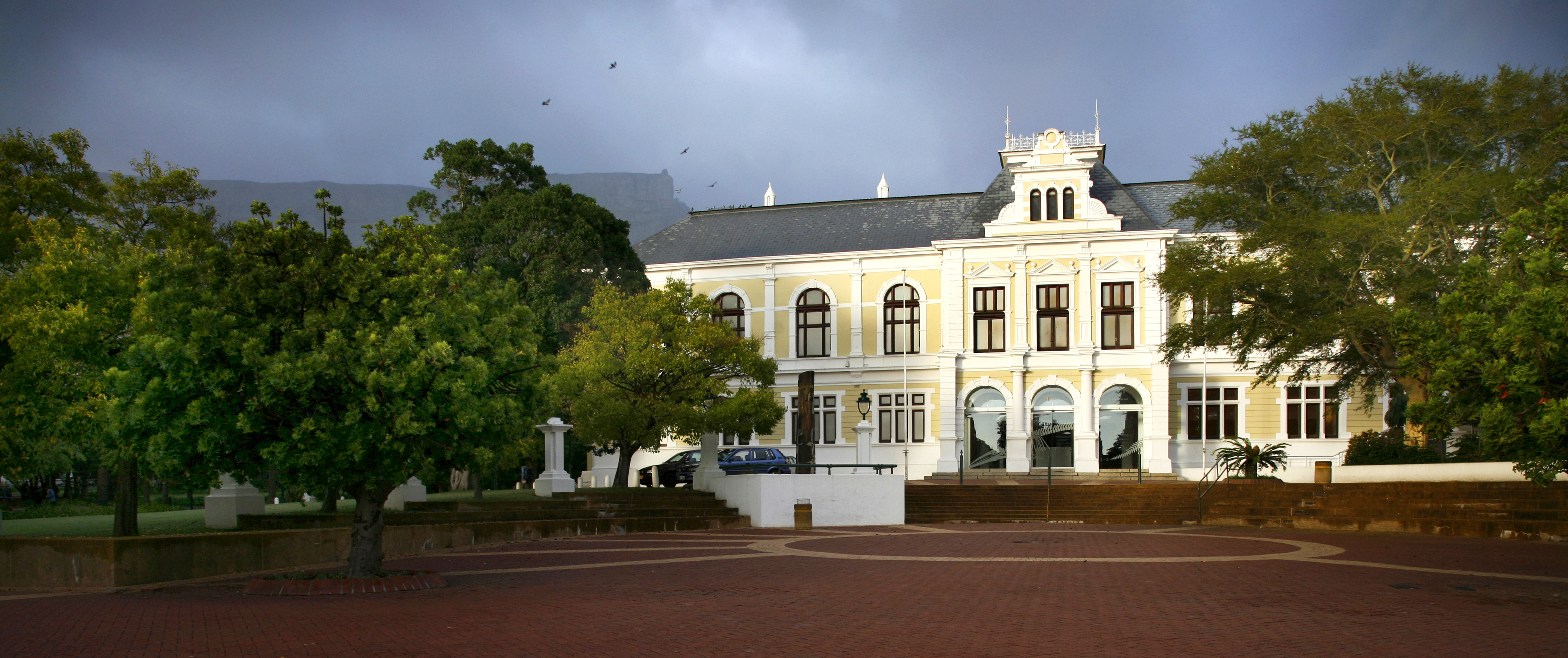
Iziko South African Museum (Photographer: Carina Beyer © Iziko Museums of South Africa)

Iziko South African National Gallery (Photographer: Nigel Pamplin © Iziko Museums of South Africa)
Part of the National Public Entity under the Department of Sports, Arts and Culture (DSAC), Iziko Museums should only be reopening at Level 1 of the lockdown. In the meantime, the loss of income will definitely be felt, though Omar says revenue is not the only thing that matters for a cultural institution. Unlike other institutions, Iziko only derives 6% of its annual budget from gate revenue.
“No staff have been retrenched. This is not even under consideration unless the government directs otherwise and our situation deteriorates significantly,” adds Omar. And the team is busy: from developing plans to ensure access to the nation’s heritage online to ensuring the safety of the staff as they care, on site, for collections.
“Our staff have continued to monitor our nation’s heritage to ensure they are preserved and conserved for all even after the pandemic has been eradicated. Remember these collections have already survived the Spanish Flu.”
Talking deaccession, Omar explains that, “Iziko Museums of South Africa is governed by the Cultural Institutions Act, 119 of 1998, which stipulates that the council or the management do not have any right to alienate or deaccession any works that belong to the National Estate with the exception of the Minister of Sports, Arts and Culture.”
Dr Sian Tiley-Nel, head of UP Museums, curator Mapungubwe Collection & Mapungubwe Archive and sub-editor SAMAB, says the South African Museums Association, “has very strong ethical guidance about deaccession policies and certainly few have any ‘proceeds’. This is not feasible in a South African context. Selling collections, objects and donations or works within collections is considered unethical”.
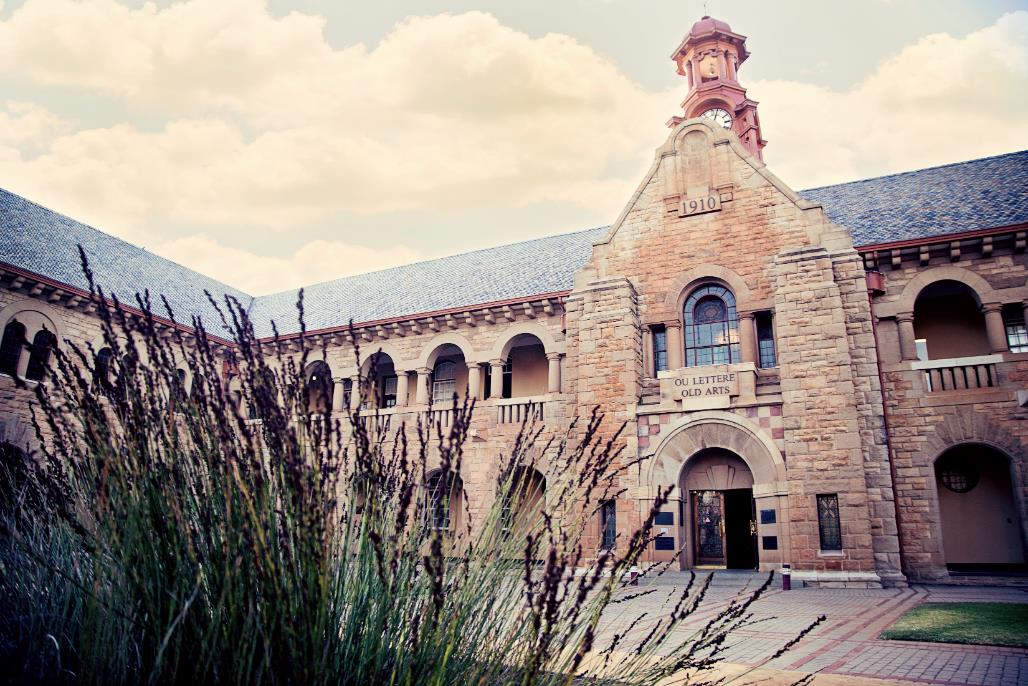
UP Museums (Image courtesy of UP Museums)
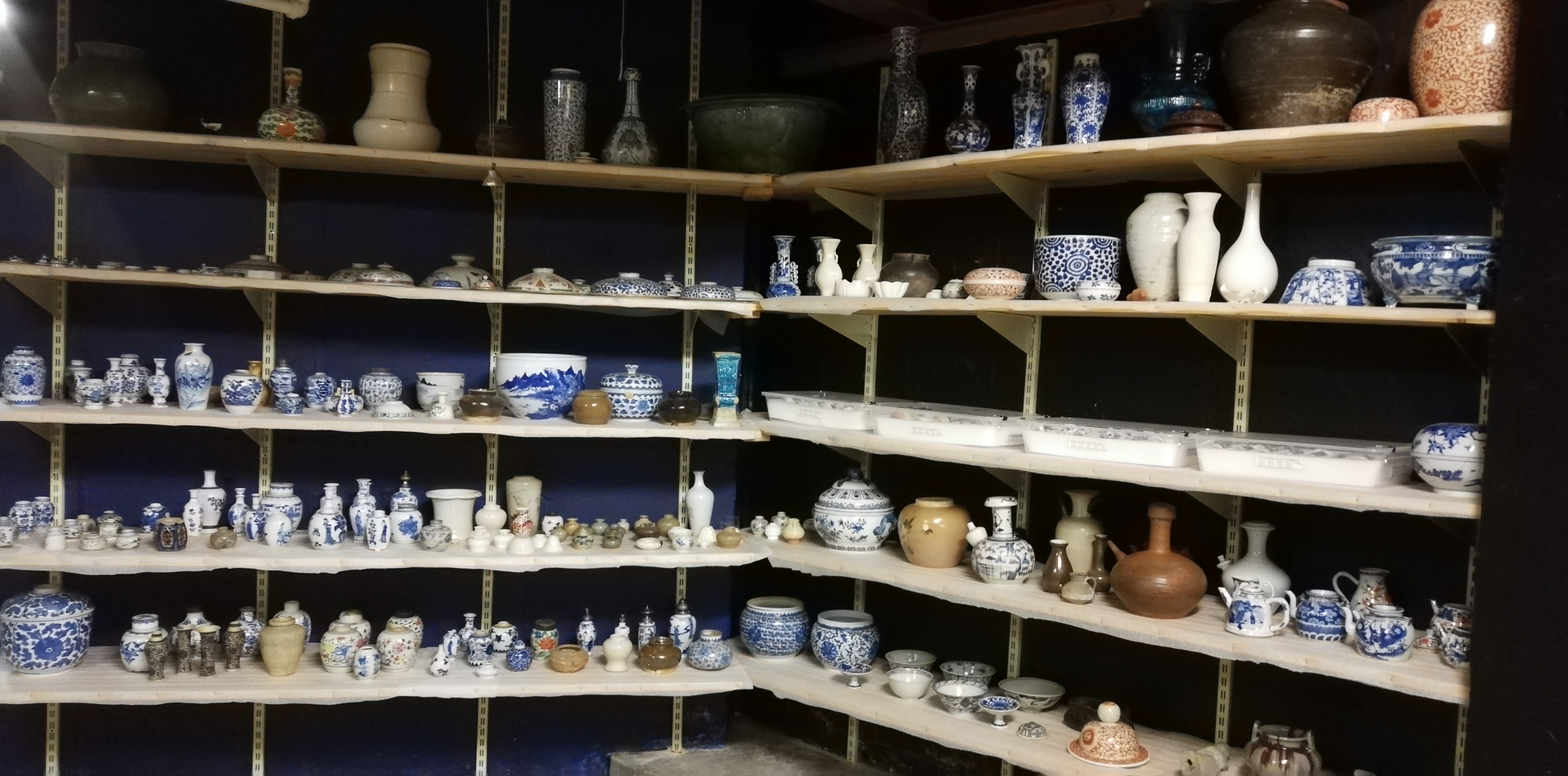
(Image courtesy of UP Museums)
UP Museums welcomes more than 4,000 visitors, but “no foot traffic through [the] museums means we are unable to engage directly with our communities, and share with society the importance and value of university museums”, says Tiley-Nel.
She stresses a crucial point: “The loss of visitors also negatively impacts the meaning of museums as social spaces. Just as important is the challenge of no curatorial and conservation oversight of valuable collections, both in terms of storage and exhibition. Closing museum doors is not simply about lack of tourists; it creates a problem for hands-on preventive and remedial care and safety of collections.”
Cape Town’s three-year-old Zeitz MOCAA derives revenue mainly from ticketing, with further income coming from the gift shop and restaurant and events — this makes up 70% of Zeitz’s annual income. “We are taking a major knock,” says Storm Janse Van Rensburg, senior curator at Zeitz MOCAA, who was appointed last year. The team is looking for new revenue streams, especially from grants and donors.
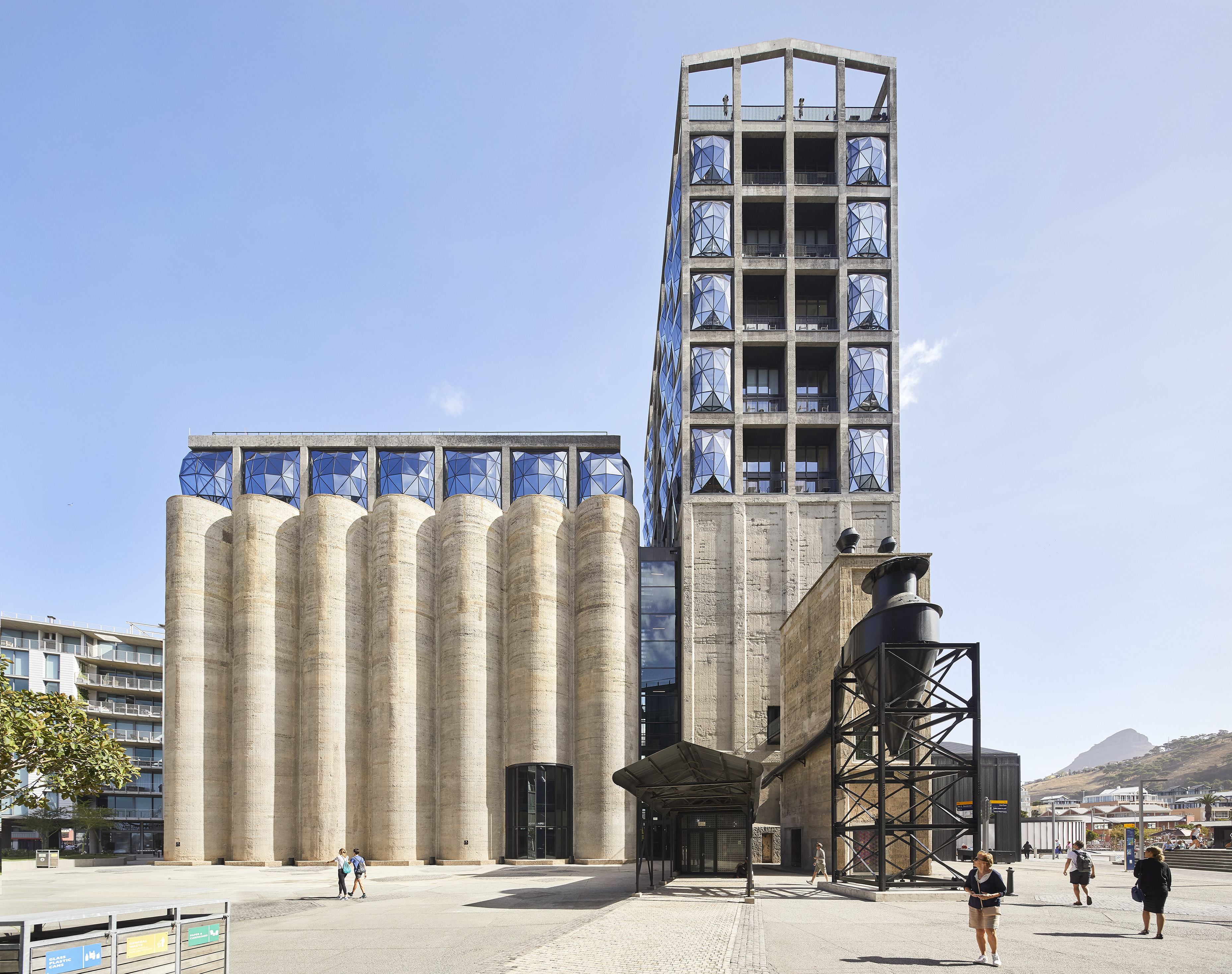
The Zeitz MOCAA (Image by ©Hufton+Crow)
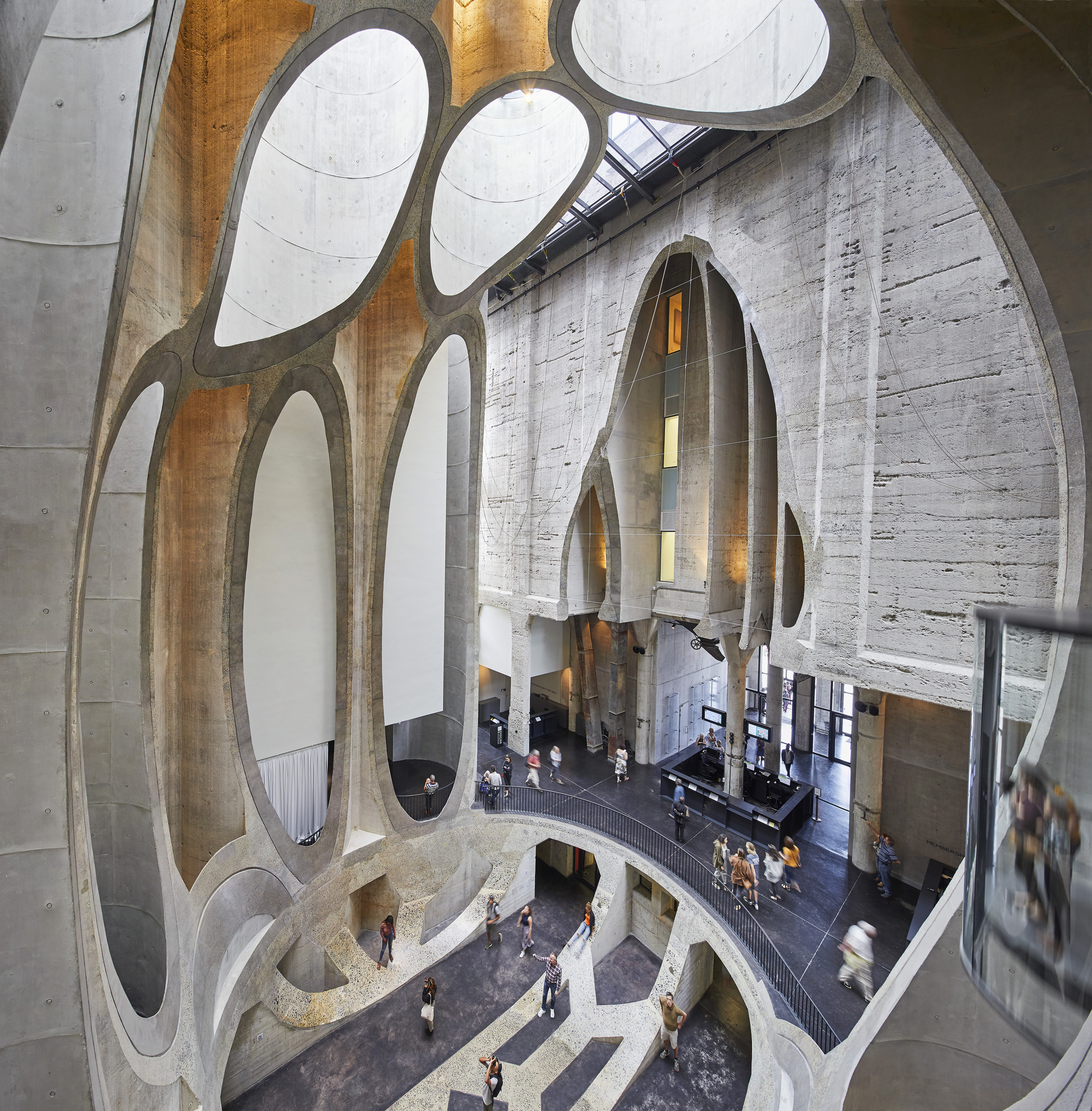
The Zeitz MOCAA atrium (Image by ©Hufton+Crow)
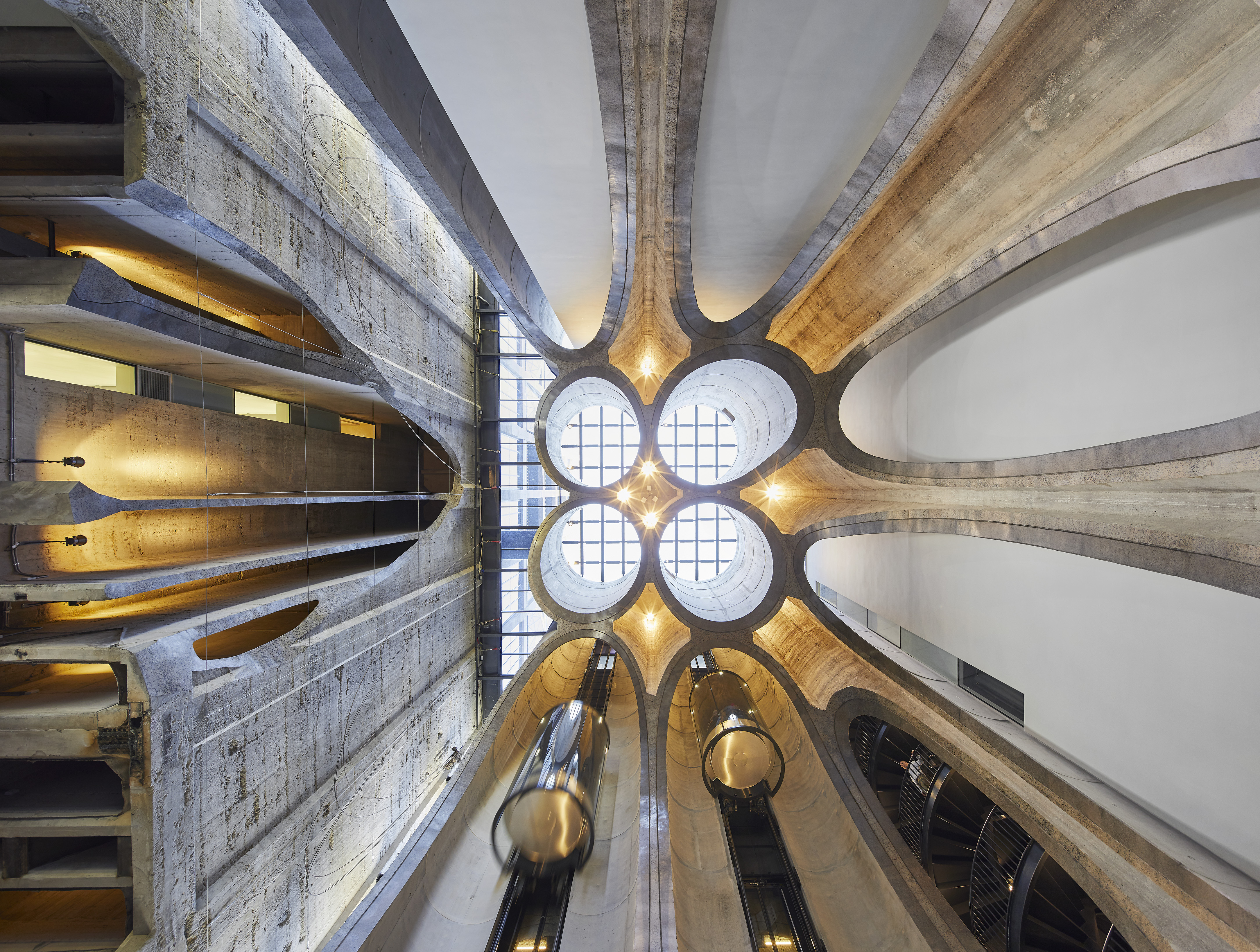
The Zeitz MOCAA atrium (Image by ©Hufton+Crow)
For Elana Brundyn, CEO of the Norval Foundation, the lockdown has also had a profound impact.
“With a heightened sense of how vulnerable institutions like ours are, we have been thinking deeply about what our role is and what is essential for the community we serve. Naturally, the health and safety of our staff and visitors are our top priority.
“Like everyone else, we have had a substantial financial hit; aside from the loss of our museum visitors, we have also lost income from The Skotnes Restaurant, the Norval Foundation Shop and our events. [Although] we have been very fortunate that the Norval family have supported us in these challenging times,” she adds.
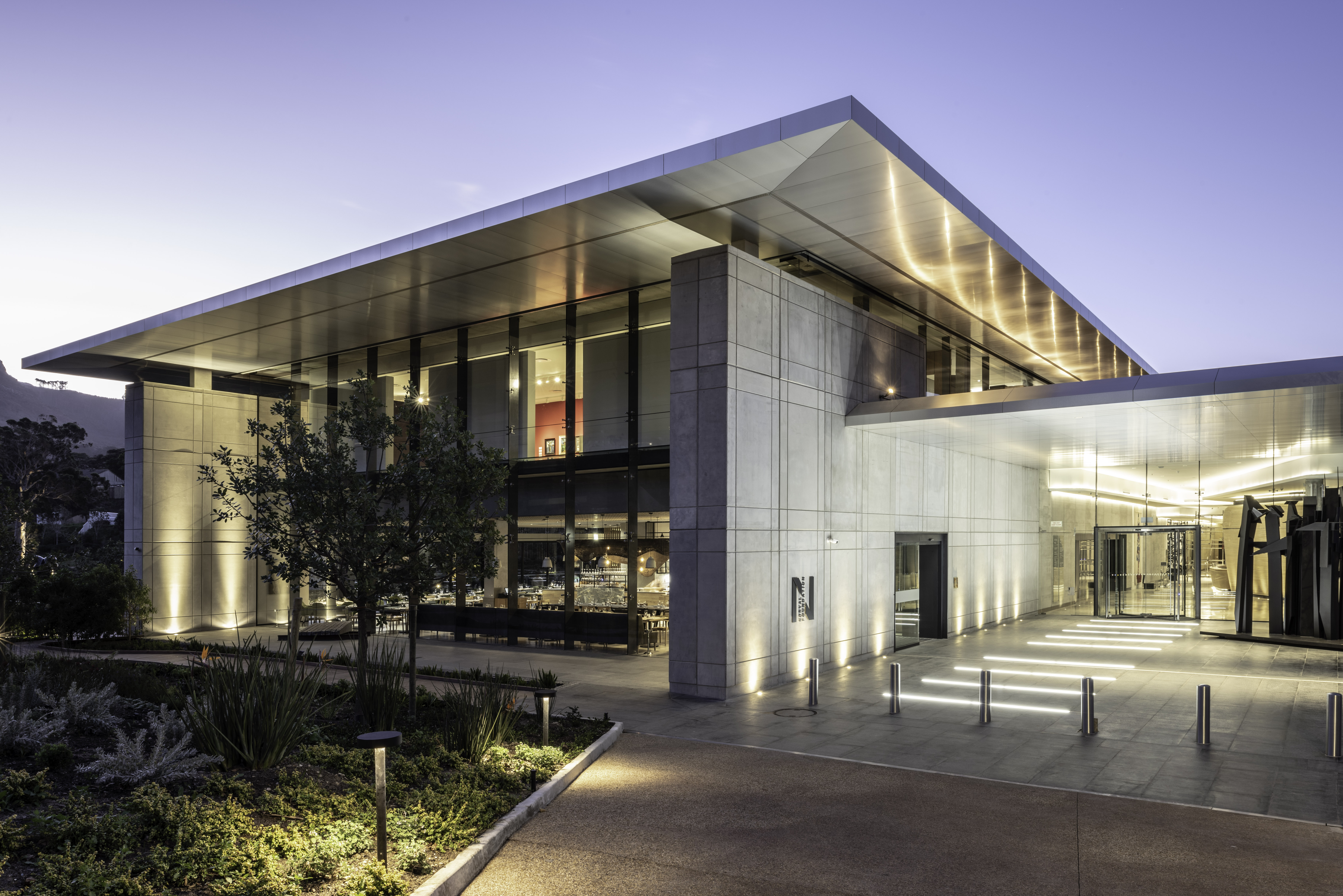
Norval Foundation exterior (Image courtesy of the Norval Foundation)
Shifting from physical experiences to digital ones
Following the outbreak of Covid-19, the Louvre increased its activity on social media and Refsi says many people went onto the museum’s website “to learn more about our collections and work by watching lectures, cartoons and YouTube series, and listening to our podcasts”. She adds that the number of users visiting the site increased from 40,000 to 400,000 per day during the first weeks of lockdown.
“For now, real encounters with the artworks will have to wait, but we continue to play our role by encouraging people to come and enjoy that experience as soon as possible,” she says.
How did the Palais de Lomé deal with lockdown? If visitors cannot come to the museum, they will bring the museum to visitors.
“Before the pandemic, we were trying to develop our physical audience numbers; now we are diversifying and developing our digital presence.”
On the museum’s website, the curating team is presenting exhibitions and artists to a larger and more global audience, especially to those who didn’t have an online presence. “For instance, we are developing with the curator Aminat Agoro a video series based on her research interviews and studio visits for the artists Kelani Abass, Serge Clottey, Euloge Glélé, Tété Camille Azankpo, Edwige Akplogan and Emmanuel Sogbadji of our contemporary art exhibition ‘3 Borders’, which gathers six artists from Benin, Ghana, Nigeria and Togo,” she explains. The challenge is real as the institution is not yet well known to people outside the capital.
The team has also been doing more collaborations, such as giving a virtual presentation to and talking to students of master of arts management at the Università Cattolica of Milan, Italy, or joining Cape Town’s Zeitz MOCAA for a conversation with the museum’s executive director and chief curator Koyo Kouoh.
Lawson notes that the importance of her institution’s park is even more evident now. “We are working on content related to the discovery [and] the use of plants and medicinal herbs to strengthen the immune system. The crisis is an opportunity to develop further research on the plants: this interdisciplinary approach will involve artists, scientists, writers, and traditional curators/healers,” she says.
Omar says that in celebrating #InternationalMuseumDay 2020 (on 18 May), themed “Museums for Equality: Diversity and Inclusion”, Iziko launched an online showcase titled “Looking A Head: Rethinking the Lydenburg Heads”. As part of the project, the museum invited people to share their stories of rites of passage. The stories will be shared online and will later be included in the physical exhibition, says Omar.
“Iziko is the custodian of the Lydenburg Heads and this online showcase pre-empts a physical exhibition of the artefacts – which will be opened at the Iziko South African Museum in the future.” This was one of many projects Iziko launched recently to increase online visibility.
Similarly, the Norval Foundation decided to strengthen its online presence, firstly through its #60SecondArt knowledge clips. The idea was to invite curators, artists and museum professionals to contribute and share their knowledge with the broader public.
UP Museums are using the digital space to showcase their artworks and other historical collections, as well as increase engagement via “more regular posting, weekly online features on interesting artworks, the launch of our first email newsletter and a joint project with the Javett Art Centre at the University of Pretoria which presents selected artworks as jigsaw puzzles which users can build online.”
At Zeitz MOCAA, Janse van Rensburg points out that the team “have taken a hard look at our exhibitions calendar and completely restructured it – whilst no exhibitions have been cancelled, we have postponed projects, extended many and are also working on new models and initiatives to address our new reality”.
They have also used this time to reflect on the last three years and “build the institution” – the museum only opened in September 2017 and saw a change in its team structure relatively recently – as well as, like others, strengthening its digital presence. They launched a series of conversations called “Head to Head” on Instagram Live, “where museum leadership engages in topical conversations with institutional directors, curators and artists from the African continent, in sharing experiences and also mapping opportunities and commonalities”.
“Zeitz MOCAA also initiated a starter conversation where we invited Cape Town heritage and art organisations to an online forum to share concerns and plant seeds and explore the potential for future collaborative actions.
Museums need support
“We are responsible for the nation’s tangible and intangible heritage, including art, natural history and social history collections,” says Omar.
She brings up the fact that museums do not only measure their success in financial terms. “Access to our nation’s heritage, resources, knowledge production, exhibitions and research outputs are also key performance measures.”
This is why support is needed. “We had a 100% reduction in gate income. We may be facing significant budget cuts from the DSAC and we are concerned that our contributions from donors will dry up.”
Looking ahead, the Norval Foundation doesn’t plan to reopen before September 2020. In the meantime, the team is developing protocols: “Visitor numbers are likely to drop, however; shifts will be staggered and numbers in the restaurants and galleries will be controlled. We are fortunate to have a beautiful sculpture garden where social distancing comes naturally and can at least be enjoyed in nature, with art. Going forward, we’ll have more exhibitions that engage with our permanent collection, the Homestead collection,” she adds.
UP Museums does not expect to open until early 2021. And, unlike national museums, which are government-funded, or institutions that have investments and endowments they are able to tap into, Tiley-Nel explains that “without foot traffic through the museums, no matter how much digital and online content one produces, the prolonged closure of museums could see a potential collapse of the heritage and arts sector in South Africa”.
The DSAC has put in place funding relief, but at the moment it excludes university museums (UP Museums, like the Shyllon in Nigeria, is a university museum).
“In some cases, the projected financial loss could be irrecoverable, with many museums not being able to recover and potentially having to close their doors,” says Tiley-Nel.
That might seem inconceivable but the head of UP Museums feels that, in the circumstances, “it is perhaps understandable why history has shown that the heritage sector, art, cultural museums and heritage sites, are seen as ‘nice-to-haves’ and less important when weighed against loss of life and economic collapse … The heritage sector was already in a state of crisis, and Covid-19 and prolonged closures will significantly weaken the meaning and significance of museums in society.”
Brundyn adds: “I believe that, in experiencing art and creativity, we experience our shared humanity and connect to one another more deeply than we would ordinarily — this is even more significant in these challenging times. The arts enrich lives, in good times and bad. We mustn’t forget that some of the world’s greatest artworks were created during times of war and crisis.
“Our challenge is to transmit a strong message that contemporary art is vital to our society, and that museums and art organisations have an important and necessary contribution to make in shaping our humanity,” concludes Janse van Rensburg. DM/ML


















 Become an Insider
Become an Insider